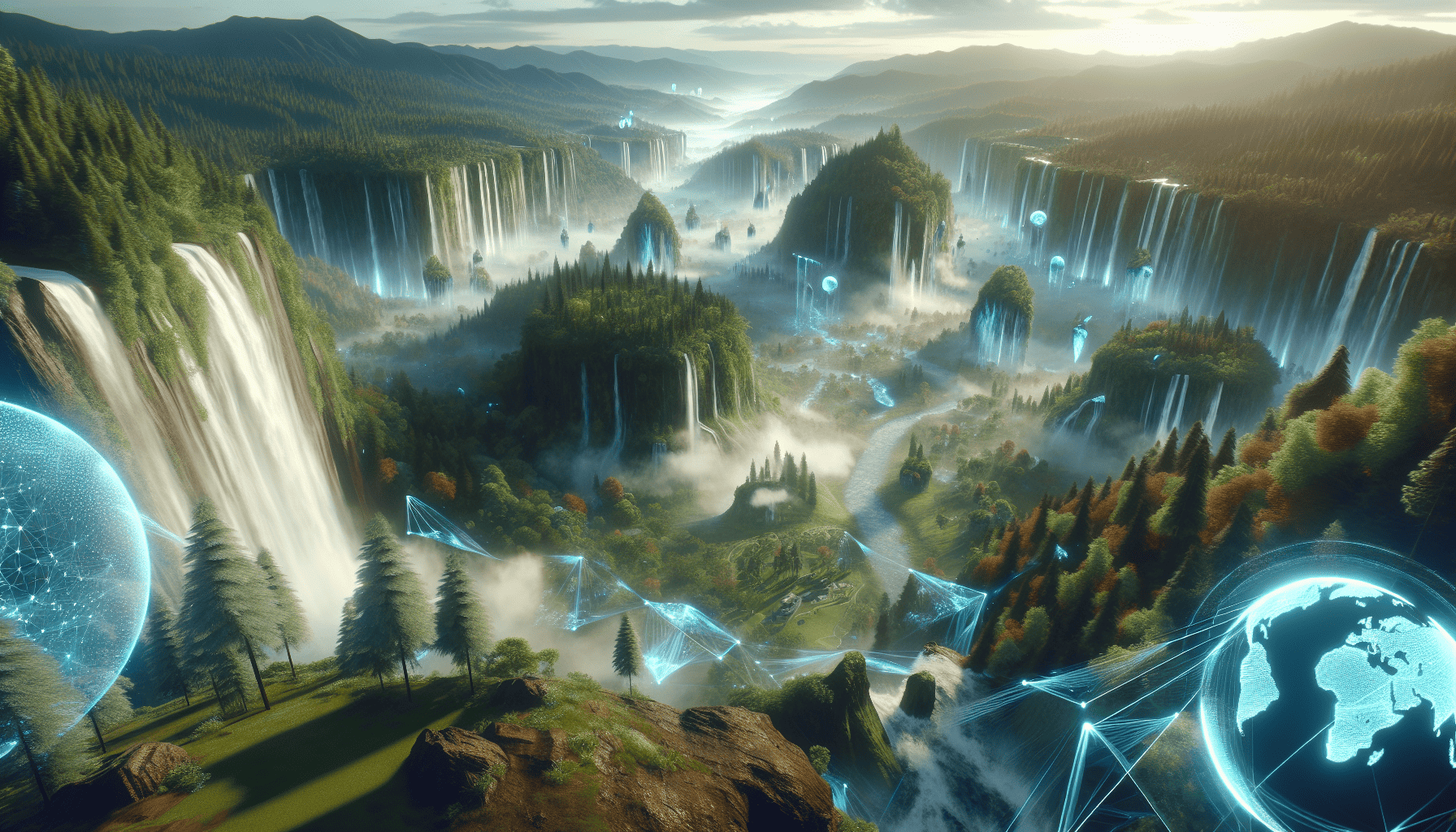In an age where technology continually blurs the line between the real and the virtual, immersive worlds stand out as one of the most exhilarating forms of digital experience. These vast, meticulously crafted environments are not just about visual splendor; they are about creating a multi-sensory journey that can transport you to realms limited only by the bounds of imagination.
Imagine stepping into a lush forest where sunlight pierces through the canopy, casting dappled shadows on the forest floor. The rustling of leaves, the distant call of a bird, and the soft crunch of twigs underfoot create a symphony that deepens the illusion of reality. This is the magic of immersive worlds—designing spaces that engage all the senses, making every moment feel as real as the world outside your window.
The technology powering these experiences is evolving rapidly, with tools like virtual reality (VR), augmented reality (AR), and advanced graphical engines playing pivotal roles. VR headsets now offer astonishingly high-resolution displays that eliminate the dreaded "screen door effect," while spatial audio technology creates soundscapes that react dynamically to your every movement. This harmonization of technologies ensures that users are not merely spectators but active participants in these digital wonders.
Beyond the technology, it is the artistry that brings these environments to life. Designers and developers pour countless hours into crafting landscapes that evoke emotional responses. Every mountain range, cityscape, or underwater cavern is painted with a dedication to authenticity and wonder, encouraging exploration and sparking curiosity. The interplay of light and shadow, the careful placement of interactive elements, and the narrative threads woven into the environment encourage users to delve deeper, to ask questions, and to seek out hidden stories within the world.
But the true beauty of immersive worlds lies in their capacity to offer new perspectives. Whether it’s walking through a meticulously recreated historical city, learning the ecological complexities of a rainforest, or experiencing the loneliness of a distant planet, these environments can educate and inspire. They enable users to inhabit lives and places far removed from their own, promoting empathy and understanding in ways traditional media cannot.
Furthermore, immersive worlds have applications far beyond entertainment. In education, these environments can transform learning into an interactive adventure, offering students firsthand experience of historical events or complex scientific concepts. In mental health, VR experiences are being developed to provide therapeutic escapism, helping individuals confront fears or find peace in beautiful landscapes. Even in fields like architecture and urban planning, immersive worlds allow for new ways of visualizing and experimenting with space.
As technology continues to advance, the potential of immersive worlds only grows. Future developments may include more seamless integration with our physical surroundings through enhanced AR, new forms of haptic feedback to create a sensation of touch, and even AI-driven environments that adapt and respond to individual users' actions and emotions.
Ultimately, the allure of immersive worlds lies in their promise of possibility. They invite us to explore, learn, and dream beyond the constraints of reality, offering an ever-expanding universe ripe for discovery. Whether used for entertainment, education, or innovation, these digital realms captivate our senses and expand our horizons, making the impossible possible and inviting us to imagine what comes next.
